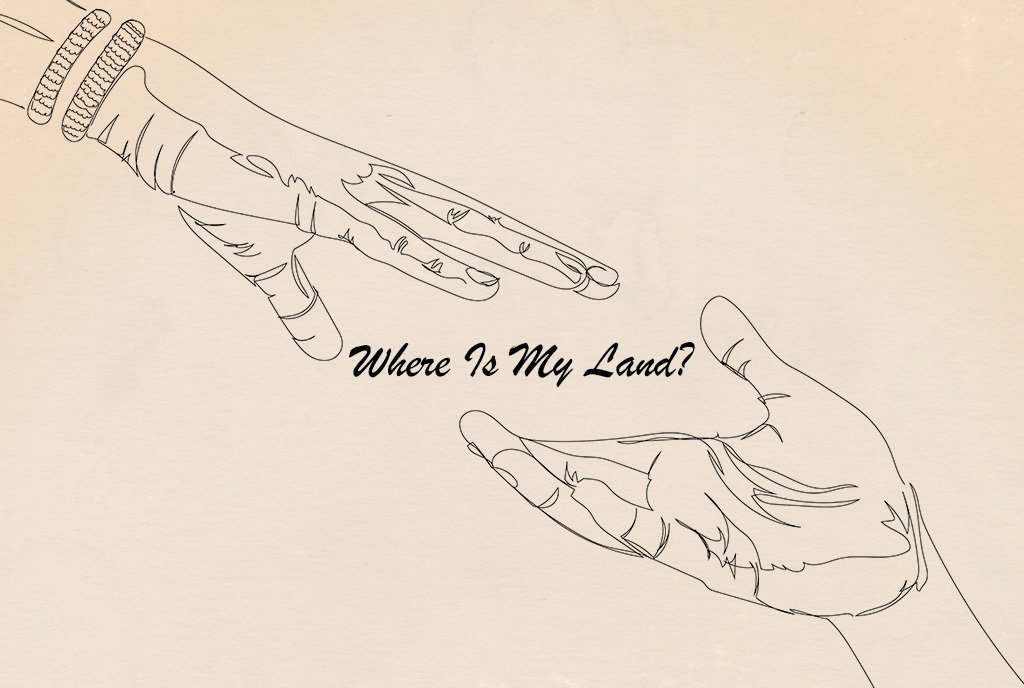
It’s a little unfair to sit through a panel of 90 minutes or so and laud it for what it covered and rap it for what it missed, but in a way, that’s the challenge of conference sessions at the Council on Foundations’ annual meeting. Listening to the discussions is a matter of looking for trends and patterns: What are the big ideas that are gaining traction among funders, what are the concepts that are increasingly “common currency,” and what has turned into yesterday’s news?
With that caveat, here are some reactions to the issues discussed in the panel, “The Future of Journalism and Why It Matters to Philanthropy.” As distinct from the simultaneous plenary that followed on media and democracy, this session was quick to get to the heart of the issue for media funders and grantees alike. Robert Rosenthal of the Center for Investigative Reporting (CIR) offered an early summary of the answer: “High quality information that protects and serves democracy is not only an ideal, but will be successful in business terms.” In fact, if there was an overwhelming message in the panel, it was Rosenthal’s contention that funders have to understand a new generation of journalists motivated by creative ways of storytelling.
Sign up for our free newsletters
Subscribe to NPQ's newsletters to have our top stories delivered directly to your inbox.
By signing up, you agree to our privacy policy and terms of use, and to receive messages from NPQ and our partners.
- The panelists talked about supporting nonprofit journalism in siloed interest areas—or readers’ supporting journalism based on the silo in which they operate. A focus on local news here or there; well-known (albeit young) outlets such as MinnPost and the Texas Tribune; or a focus on a specific topic within a specific geography, such as Philadelphia Tech News or California Watch, founded by CIR. There are some “national siloes” that merit attention, too; for example, one of our favorites not mentioned by the panelists, the Daily Yonder (published by the nonprofit Center for Rural Strategies). Foundations need to pay attention to multiple siloes that may not fit neat channels of supplementing or supplanting local legacy media outlets.
- Nonetheless, there is the challenge of the business model. Bruce Sagan, the publisher of the Hyde Park Herald, repeatedly suggested that the problem and the solution is the cultural challenge of readers thinking that the Web is free. He seemed quite convinced that people would eventually, with cultural change, come to see that paying for online content is appropriate, necessary, and doable. Some of us aren’t sure that that model works, regardless of his optimism, and a questioner from the floor challenged his assumptions quite nicely.
- Rosenthal’s confidence was placed in new media creating content for other organizations, taking risks in storytelling (he cited CIR’s work on doing animations in their investigative reports), and not becoming wedded to any one specific model. He suggested that sponsorships or underwriting of specific events or efforts can be productive, but only so long as the funders don’t try to have their funding accompanied by their control of content. As a result, Rosenthal abjures efforts by funders to link their funding for CIR to taking advocacy positions or tied to the funders’ other advocacy organizations.
- Calvin Sims of the Ford Foundation described Ford’s benchmarks for its media funding of nonprofit and for-profit venues. They were geared toward justifying the philanthropic appropriateness of Ford’s funding for for-profit entities such as NBC and the Los Angeles Times, but they struck us as solid benchmarks for the nonprofit media to consider in general: (1) the content should significantly increase what the public knows about the specific topic or topics being covered; (2) you should aim for wide reach, not necessarily just in terms of media impressions, but in term of the pick-up of the content and its impact on the media landscape; and (3) if possible, the content should be linked to some social change. The work of Rosenthal’s group in investigating the huge wait times at the VA office in Oakland, Californa, generating research on wait times at VA offices all around the country, and culminating in an announcement by President Obama that he was going to rectify the dysfunctional VA bureaucracy is a good example that seems to meet the criteria laid out by Sims.
Oddly for a professional association that is always fretful about how it is portrayed in the media, or sometimes even whether it is portrayed at all, one topical news silo that escaped discussion at this Council on Philanthropy panel was nonprofit media that provides daily or near-daily coverage of nonprofits and philanthropy, a space that Nonprofit Quarterly shares with the Philanthropy News Digest, the Non-Profit Times, the Chronicle of Philanthropy—granted, the Chronicle isn’t a nonprofit—and not many others. The coverage of 1.48 million 501(c) tax-exempt entities, including 1.08 million 501(c)(3) public charities, not necessarily including churches and other religious bodies, employing an estimated 15.59 million workers, is a significant news silo not to be overlooked, although it routinely is. It’s a big sector of news to be missed.
Even more at odds with the evolution of news and the nonprofit sector is the blurring of the lines between journalists and the public. That is especially true about the nonprofit sector, where organizations such as Nonprofit Quarterly endeavor to elevate nonprofit leaders into seeing themselves as able to tell their own stories, write collaboratively about what they see and experience, and get closer to the truths and trends of the nonprofit sector than disconnected observers could ever be. How many times do nonprofits turn to the press and bemoan the significant lack of understanding reflected in press coverage of nonprofits and foundations? How often do they listen to academic gatherings and sense that so many are out of touch with what they are experiencing on the ground?
Increasingly, the challenge is to help nonprofits see themselves as collaborative journalists working with the nonprofit media or citizen journalists telling the stories of their work in ways that only they and their constituents, colleagues, and clients can. That’s the challenge of nonprofit journalism—not just telling nonprofit stories, but elevating the ability of nonprofits to tell their own stories with a journalistic lens.
“Quality information has value,” Rosenthal concluded. We’d add that nonprofit media represents a critical aspect of the nonprofit sector’s contribution to a specific value of small-“d” democracy. Hopefully that’s what foundations can see as the rationale for why journalism matters to philanthropy.












